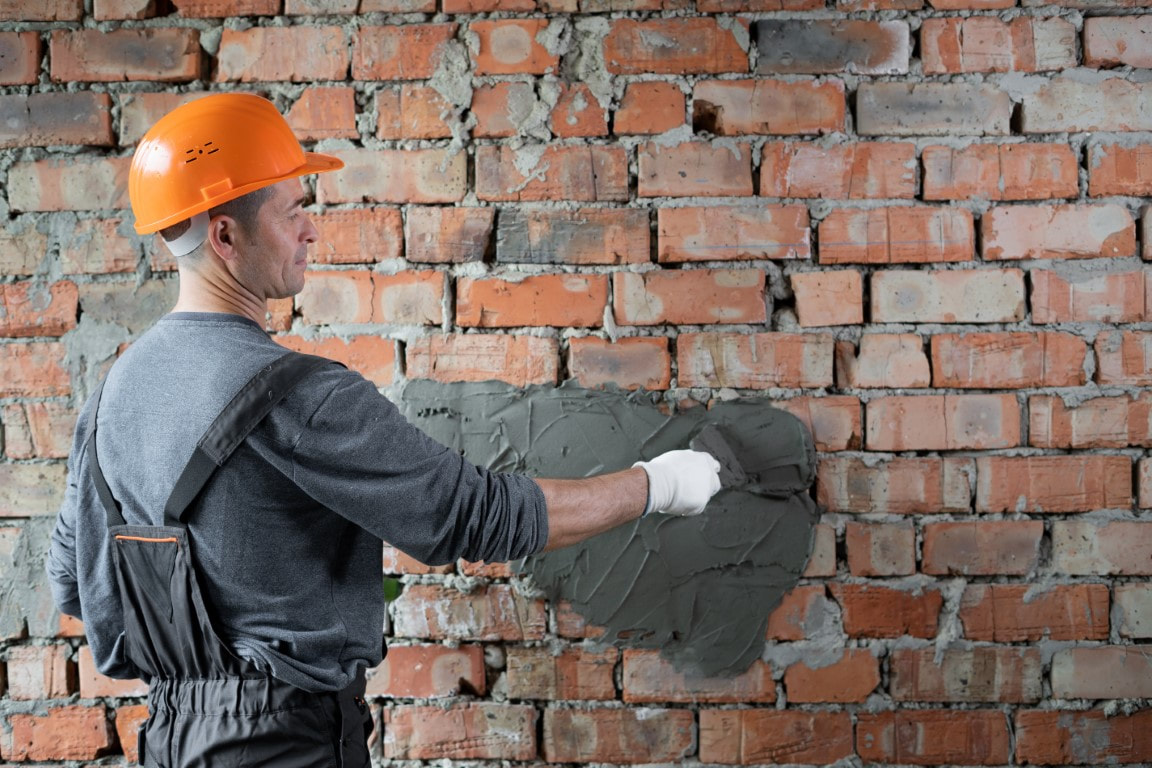Set Up a Chimney Sweep Today for a Tidy and Safe Fire Place
Set Up a Chimney Sweep Today for a Tidy and Safe Fire Place
Blog Article
Opening the Keys of Sustainable Masonry Building Practices for Eco-Friendly Buildings
Amongst the myriad methods to eco-friendly structure, lasting masonry building and construction stands out as a time-tested and resilient technique that holds a wide range of untapped capacity. From the choice of products to ingenious building strategies, the keys to attaining sustainability within stonework building are diverse and appealing.
Benefits of Lasting Stonework Construction
Accepting lasting masonry construction techniques not only lowers environmental effect but also supplies long-term financial benefits to building contractors and communities. By utilizing materials like recycled blocks, obstructs, and rocks, contractors can substantially reduce the carbon impact of their projects while promoting source efficiency. Furthermore, lasting stonework construction strategies, such as appropriate insulation and thermal mass residential or commercial properties, can boost energy performance within buildings, causing decreased operational costs with time.
Furthermore, the toughness and durability of stonework frameworks add to long-lasting financial benefits. Structures built using sustainable stonework techniques commonly need much less repair and maintenance, converting to cost savings for home builders and residential property proprietors. The long life of stonework materials also makes certain that frameworks stay secure and safe, lowering the demand for frequent renovations or replacements.
Eco-Friendly Masonry Products
Using environmentally friendly stonework products is an essential action in the direction of boosting the sustainability of construction methods and reducing ecological effect while making the most of long-term economic benefits. Sustainable stonework products are sourced, created, and utilized in a fashion that decreases overall ecological impact. Lasting concrete obstructs incorporate recycled aggregates and may feature improved insulation properties, adding to energy performance in structures.
In addition, natural products like adobe, rammed earth, and straw bales provide outstanding thermal mass homes, lowering the requirement for home heating and cooling power. These materials are often locally available, advertising regional economic situations and reducing transportation-related carbon exhausts. By selecting environmentally friendly masonry materials, building tasks can substantially lower their ecological footprint and add to the creation of healthier, extra lasting constructed settings.
Energy-Efficient Stonework Techniques
Power performance plays an important duty in enhancing the sustainability of stonework building and construction techniques. One crucial energy-efficient masonry technique is the usage of thermal mass, which includes integrating thick products like concrete or block into the structure's structure to absorb and store warmth.

Advancements in Lasting Stonework
Current advancements in sustainable stonework techniques have actually brought about innovative methods that are improving the construction market. One official website such advancement is the development of self-healing concrete, which uses microorganisms installed within the concrete to heal cracks autonomously. This development not just minimizes upkeep prices but also boosts the longevity of stonework frameworks, adding to their sustainability.
An additional remarkable technology is the usage of recycled aggregates in masonry construction - masonry contractor. By incorporating materials such as smashed ceramic waste or recycled glass right into concrete mixes, builders can lower the environmental impact of building and construction tasks while maintaining structural honesty. This method not only diverts waste from landfills but likewise saves natural deposits, making it a crucial innovation in lasting stonework building
Moreover, the combination of electronic design tools, such as Structure Info Modeling (BIM), is reinventing the means stonework frameworks are intended and built. BIM permits even more exact computations, decreased product wastage, and boosted energy efficiency, ultimately resulting in even more lasting building methods. These innovations collectively signify an encouraging future for sustainable stonework building in the era of green structures.
Future Trends in Stonework Sustainability
With the innovative strides made in lasting masonry practices, the future trends in browse around these guys stonework sustainability are positioned to more change the construction market. One of the essential fads forming the future of masonry sustainability is the increased combination of innovation. Developments such as Building Details Modeling (BIM) and virtual fact simulations are being made use of to optimize masonry construction processes, resulting in lowered material waste and enhanced power efficiency in structures.
In addition, the advancement of novel lasting materials is set to play a significant function in enhancing the eco-friendliness of stonework building and construction. masonry contractor. Advancements like self-healing concrete, recycled accumulations, and bio-based binders see post are getting traction for their ability to minimize environmental effect while keeping architectural honesty

Conclusion
In conclusion, sustainable stonework building practices offer various benefits for environmentally friendly structures. By making use of green materials and energy-efficient techniques, masonry can add to an extra lasting built atmosphere. Advancements in sustainable masonry are constantly being developed to better improve the environmental efficiency of buildings. Looking towards the future, the pattern of masonry sustainability is anticipated to grow, causing even more environmentally pleasant and energy-efficient building practices in the years to come.
Report this page